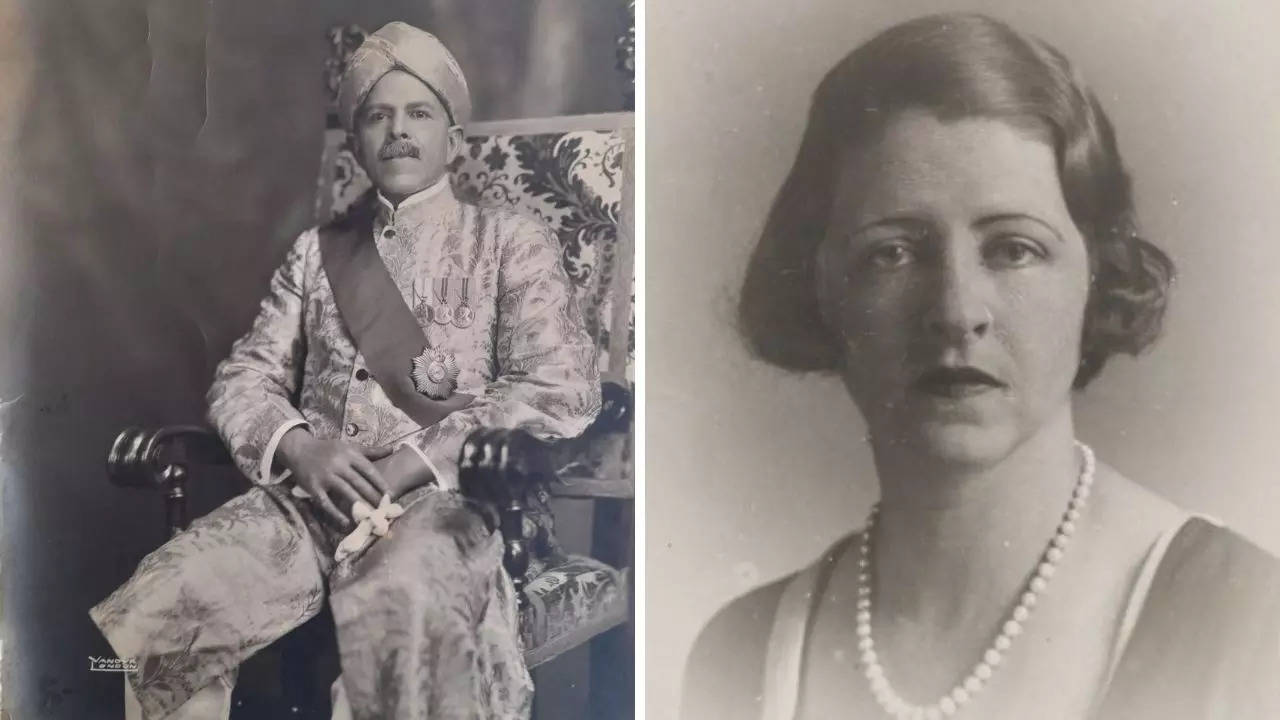
William Shakespeare wasn’t wrong when he said, "The course of true love never did run smooth." Even a Raja (ruler) was not immune to the obstacles that come with true love. This is the story of Raja Marthanda Bhairava Tondaiman (1875-1928) from the erstwhile princely state of Pudukkottai (present-day Tamil Nadu).
Raja Tondaiman was made the king when he was 11 years old. Since he was a minor, the regency was headed by the Diwan,A. Seshayya Sastri. It was finally in 1894, that he was invested with full powers by Lord Wenlock, the Governor of Madras.
In March 1915, Raja Tondaiman came to Australia, where he checked into the Hotel Majestic Mansions. That's where he met an Australian socialite — Esme Mary Sorrett Fink, popularly known as Molly Pink. It was love at first sight for the Raja Tondaiman. “A golden-haired society beauty, with blue eyes, an ‘oval, ivory-skinned face’ and ‘pouting pomegranate lips’, she had charm and character. On a visit to Sydney in April 1915 she met Marthanda Bhairava Tondiman rajah of the southern India principality of Pudukota, who followed her from the Australia Hotel to the Hydro Majestic at Medlow Bath in the Blue Mountains where their love affair blossomed,” wrote Edward Duyker and Coralie Younger, in an article published in the Australian Dictionary of Biography, Volume 14, in 1996.
The Raja married Molly at the office of the government statist, Melbourne. But the Australian press was brutal to their union. The government of India, run by Britishers refused to recognise this marriage. The rani wasn't permitted to be given the designation of "Her Highness" or " Maharani."
The duo hardly stayed in India for a few months and returned to Australia in 1916. In July, she gave birth to a son, Marthanda Sydney. "In self-imposed exile, the rajah became prominent in racing circles in Melbourne and Sydney; his gelding, King Mostyn, netted over £1000 in prize money and Old Mungindi won the Grand National Steeplechase (July 1917). Molly's closest friends in Sydney were Ada Holman, the wife of the premier, and Ethel Kelly," wrote Duyker and Younger.
But it was clear that the Government in India, run by British officials wouldn't give recognition to their child as the heir to the principality. The Raja decided to move to France, after accepting regency. In return, he was given substantial financial compensation and annual allowances. He died in London and was cremated with Hindu rituals because Molly and her son weren't allowed to come to India.

